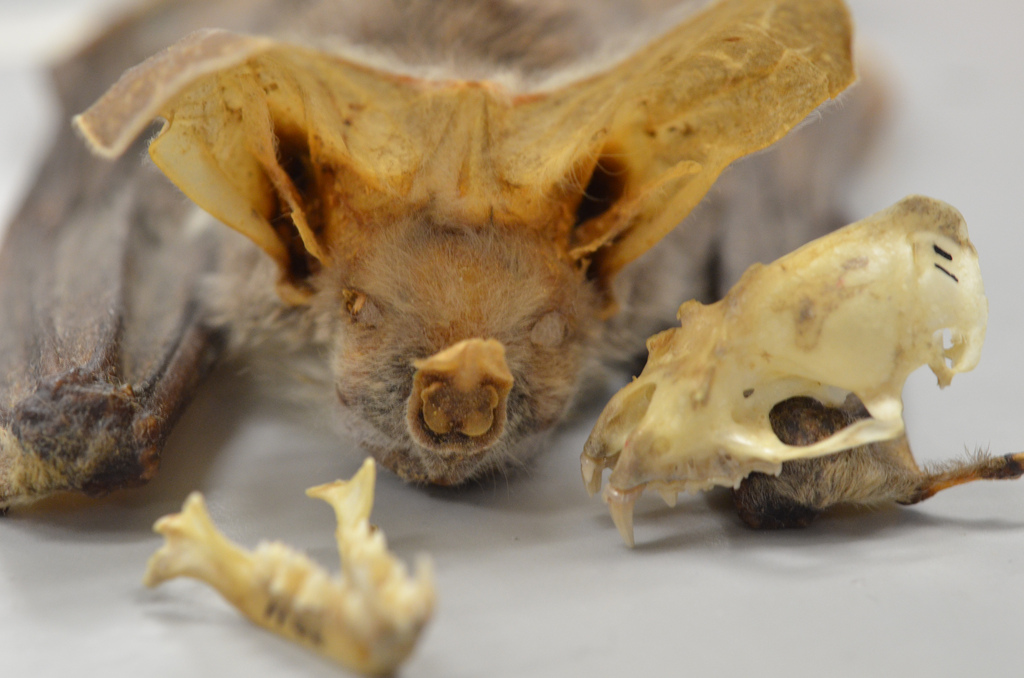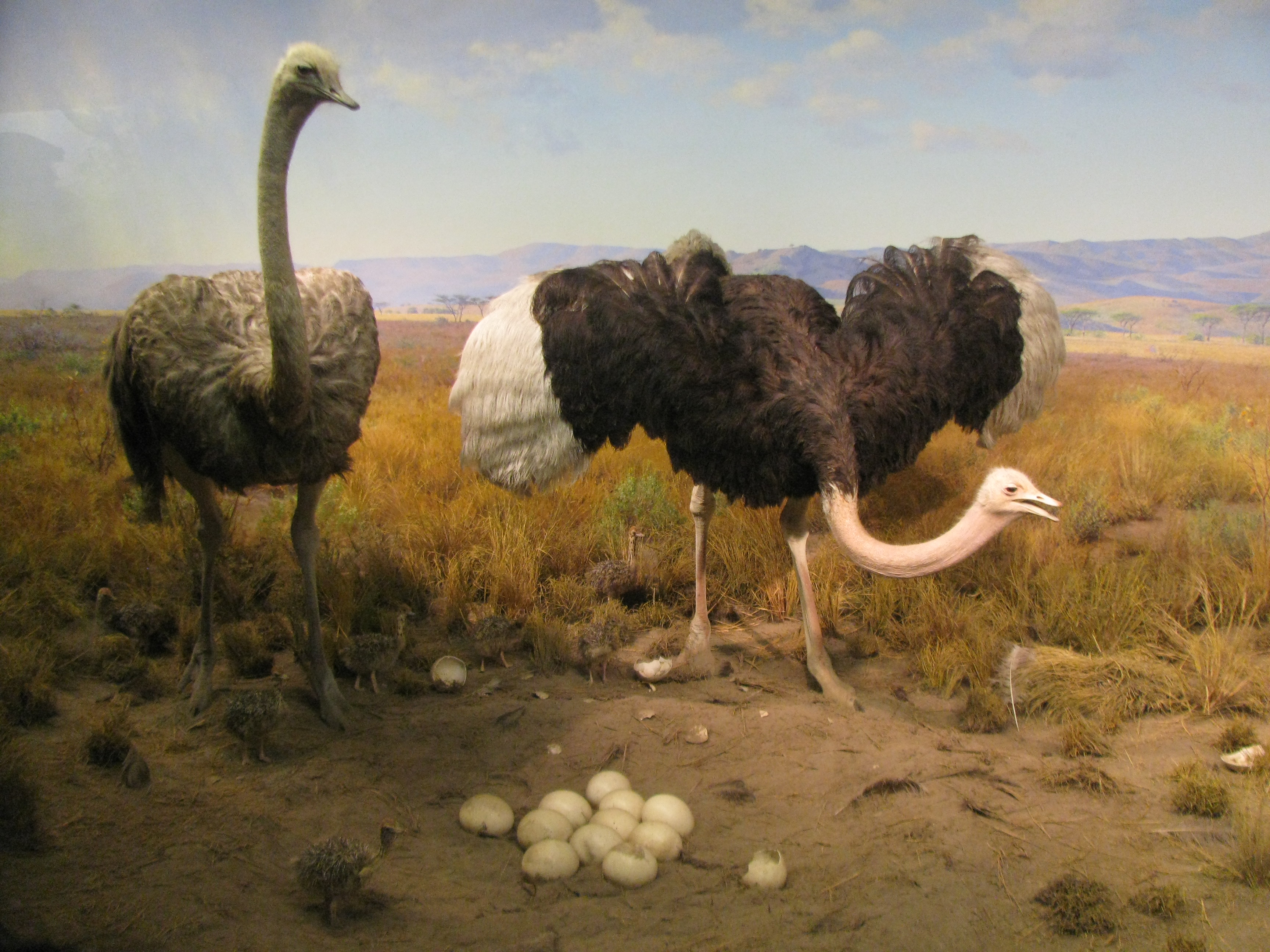When I was a kid I dreamed of starting a museum in my bedroom. I set about gathering specimens for my collection: mostly cicada shells and expired Christmas beetles. Fortunately for my family, this childhood foray into entomology was short-lived. The shoebox that housed this collection soon developed a faint ‘aroma’ and the project had to be abandoned.
Unlike my failed attempts, museums usually have better luck when it comes to preserving some of nature’s wonders. Robert Blackburn, curatorial assistant at the Macleay Museum, was kind enough to shed some light on the taxidermy process and some of the other ways that museums preserve animal remains.
“There are two major techniques for preservation of animals – wet and dry”, he says. ”The methods for preparing a wet specimen have changed drastically over the years, but essentially it involves immersing a dead animal in ethanol. Dry specimens are typically the cured skins of an animal, softly stuffed and maintained in storage for research. Mounted taxidermied specimens are often made from skin specimens.” Microscopic animals or parts of animals may be kept in solution sandwiched between a microscope slide and slide cover.
Remembering the moths that I tried in vain to preserve, I ask if there are any animals that can’t be saved. “Many animals are difficult to preserve, but nothing is impossible. Amorphous animals such as jellyfish and sea-anemones can be tricky to preserve, but enthusiasts seem to always find a way”, Blackburn says.
Under the right conditions, it seems that a museum’s collection can outlast my unfortunate Christmas beetles by at least a few hundred years. “The Macleay entomology collection includes taxidermied specimens from the mid-1700s, and they’re still in good condition”, he says. “Kept in a dry, dark, cool environment, many museum specimens will last indefinitely, or at least, so far.” Despite this, not all collections have been so lucky. According to Blackburn, pest and other damage destroyed much of the taxidermy in Sir Hans Sloane’s collection at the British Museum.
When I was a kid I dreamed of starting a museum in my bedroom. I set about gathering specimens for my collection: mostly cicada shells and expired Christmas beetles.
Approaches to preserving and presenting animals in museums have evolved over the years. Growing interest in natural history in the 19th century prompted more research into taxidermy and the development of better preservation techniques. In the 20th century, dioramas and character-based taxidermy were popular. Today, the majority of taxidermy work carried out is trophy-related, and most modern scientific preservation uses the entire animal, and not just the skin. Despite the changing fashions, Blackburn says audience’s fascination with animals has persisted in museum culture through to today.
Although we have access to animation and 3D technology, Blackburn believes that preserved animals still have a place in today’s museums. “Some visitors react to ‘the dead’ in the same way as a living animal regardless of the specimens being 150 years old: arachnophobes don’t like the spiders, many don’t enjoy looking at snakes and people who don’t believe anybody should kill other animals have an emotive response”, he says.
Specimens can also be a crucial source of DNA and other biological information that, as yet, we cannot reproduce without the specimens. “Photographs and illustrations never truly capture the entire library of information filed away in a museum specimen”, he says.
Preserving animal remains is probably best left to the experts, but if you’re keen to learn more about historic taxidermy don’t miss the Macleay Museum’s upcoming exhibition Stitched, Stuffed and Studied: Taxidermy and Taxonomy in the 19th Century.
Meet Kat Crossley; law graduate, writer, florist, and museum and gallery lover. We call her Gallerina, and she’s one of our Roving Reporters. She’ll be giving us her insights every month in M&Gazine as she flounces around the state from museum to gallery, so stay tuned.
You can find her on Twitter at @kat_crossley or exploring an exhibition near you.






